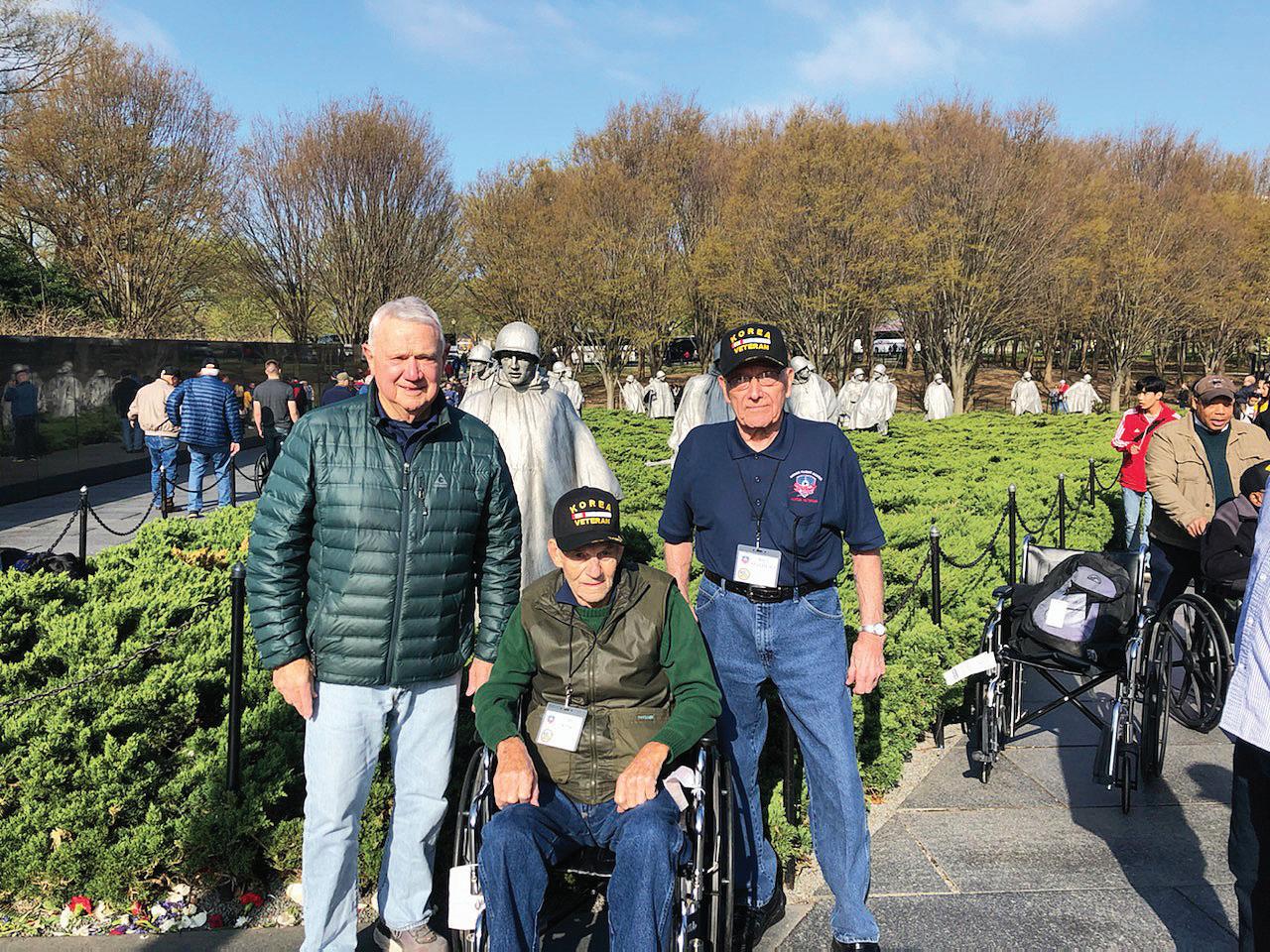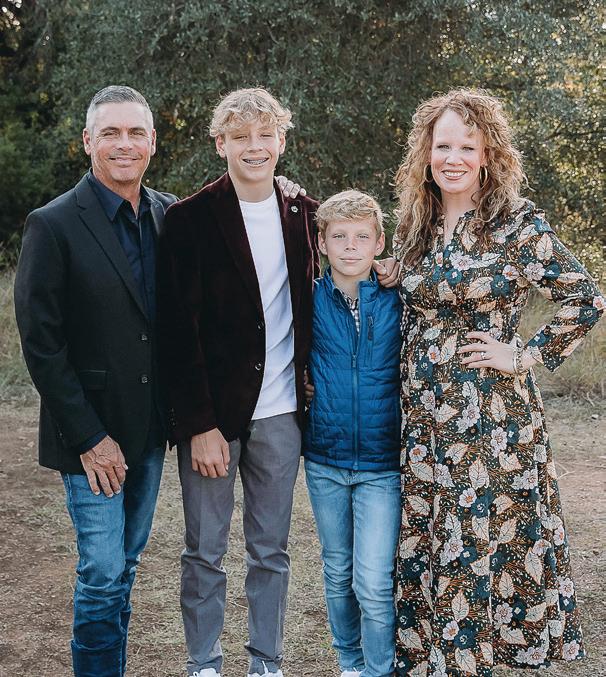
4 minute read
Lee Leffingwell
from 2/23/2023 WAN
BY FORREST PREECE
When a man has piloted C-130s through enemy fire in Vietnam and spent 32 years flying Delta airliners full of passengers over the USA and across oceans, he develops an ability to focus on what’s important. On a recent visit to a West Austin coffee shop, retired Naval Commander and two-term mayor of Austin Lee Leffingwell sat with me for an hour and talked about his experiences and accomplishments in his usual straightforward manner.
Advertisement
To start, Lee is one of those rare people who was born in Austin—he came into the world at the “Old Seton” west of the UT campus. When you’ve been around town for that long, you develop a certain appreciation for our past and the future.
One thing’s for sure. Lee’s two terms as mayor of Austin from 2009-2015 spanned the depth of the worst recession since the Great Depression all the way to the economic renaissance of Austin. The way he traversed that path from the bottom to the top should be a case study for MBA programs.
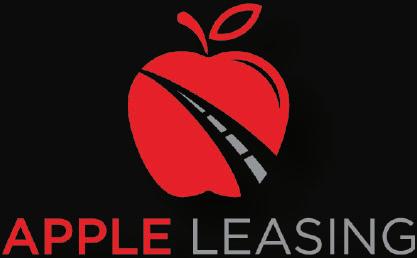
LEE’S LEGACY
Lee’s achievements while he was mayor are impressive. Austin recovered from the recession faster than anywhere else in the country – and that was on his watch. He decided that Austin needed diversity in its technology lineup and that the city should go after software companies instead of concentrating on the chip sector. One of the first contacts that came his way happened at a Mayor’s conference in early 2010 when Sarah Smith from Facebook approached him. They already had a small office in town, but they were looking to expand. In short order, his communications director, Matt Curtis, was driving her around Austin and showing her potential sites. Now they have a massive presence in the city’s core.
Lee realizes that financial incentives create controversy, but he says that the eleven incentive deals that were made under his leadership were all beneficial for the city. “A lot of new folks came to town because of these negotiations, and the deals have all produced positive results for Austin,” Lee says. Furthermore, the presence of these companies was a tipping point -- when so many big firms were in place, others started coming.
Bringing the US Grand Prix to Austin and building COTA was also done under his leadership. At the time, Austin was the only host city for a Grand Prix race in the country. The COTA facility will be getting heavy usage for years to come -- for many types of races, including NASCAR, bike nights, and concerts.
Infrastructure was a major concern of his. One of his main pushes was for the Water Treatment Plant
Number Four on Lake Travis. Lee says that he thought he had accommodated everything the opposition to the plant wanted, but they still kept complaining. Finally he realized that the negativity was not about the plant itself, but to its creating potential for growth in the western part of the county. After all the back and forth, the plant was built, and Lee is proud of it. He adds that a recession is the perfect time to do infrastructure buildout. For one thing, contractors are hurting for work, and they will offer bids that are sometimes 30% lower than during boom times.
“Not only did we get the plant built for a good price, it also created hundreds of jobs for Austinites – and it might have prevented several companies from going under,” Lee says. The plant has served as an economic stimulus, and it provided water for a lot of people during events like Snowmageddon in 2021.
He is also proud of a transportation bond he helped implement in 2010. In total, it was $90 million, and he had included $14 million for trail extensions in it. Lee says that walking and biking are certainly transportation, and he is happy that the trail extensions became reality. They add a lot to our city’s livability.
HIS FINAL YEAR
In his last year as mayor, there was actually a surplus in the city coffers, and he was always a budget hawk. Instead of dreaming up ways to spend the money, he suggested a tax reduction, an idea that was defeated. The city wound up giving a lot of grants to many non-profits and thinks some of that money was not spent well in some cases.
Also, in his final year on the council, they hired Art Acevedo as police chief. They became friends and Lee says that the former chief still has a house on Stratford Drive. One thing Acevedo suggested and implemented was providing a security detail for the mayor, something that had not been done before. Lee objected, but Acevedo said that if a mayor was killed, that would trigger a special election and cost a lot of money. Lee quickly agreed.
With his military background, Lee became concerned that there was not a veteran’s office in Austin’s city government, and he took action to rectify that situation. At one point, there were 500 city employees who had been called up, so Lee established a program to make up for their difference in pay and continued their benefits, going above and beyond the federal requirements. The city won awards for the program.
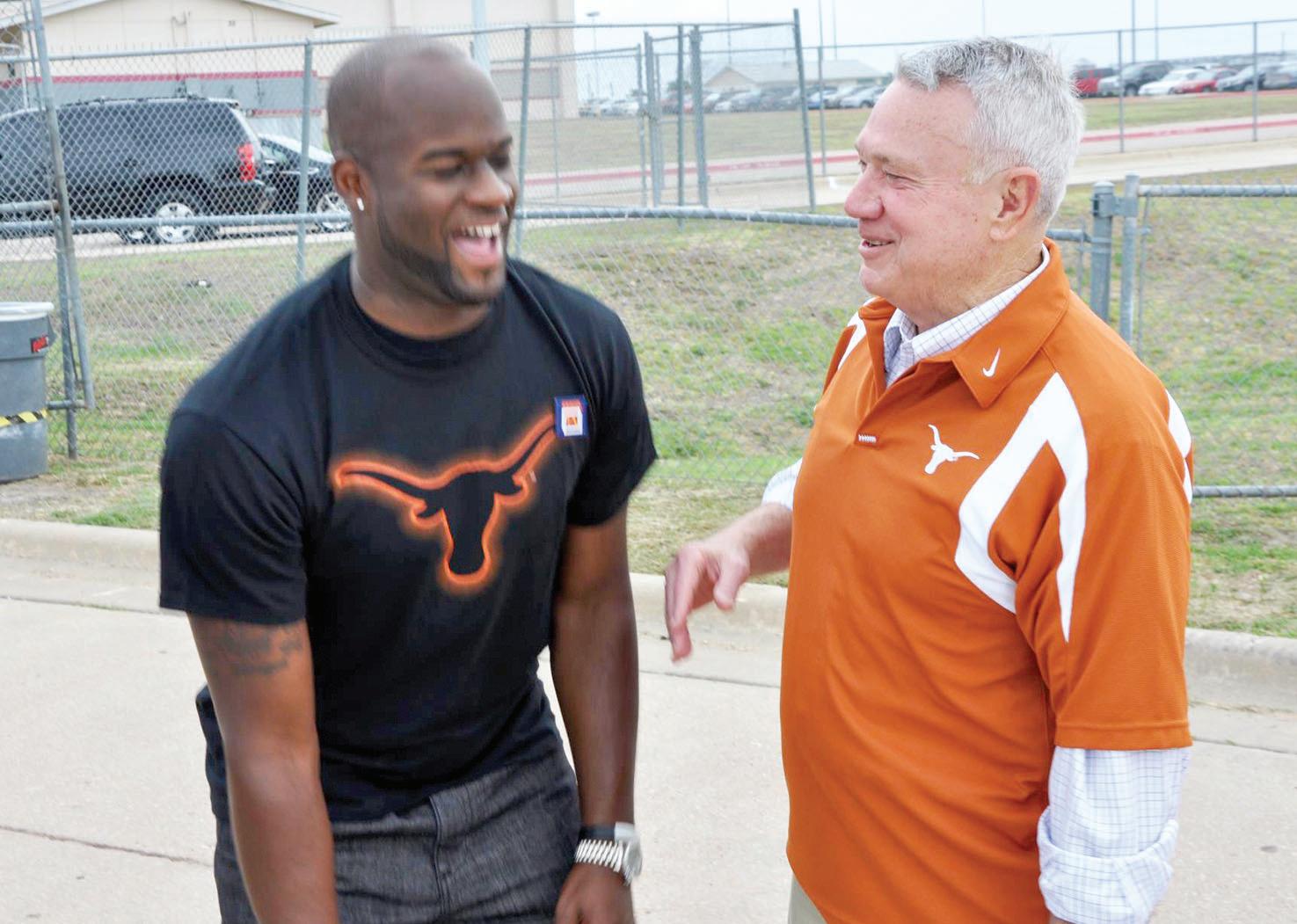
He also promised to bring the homeless population of veterans to zero and between his efforts and those of Mayor Adler, that has been accomplished. His one do-over? He wishes he could have spun off Austin Energy as a separate business with its own board of directors, rather than having the council run the entity. The city budget is $4.to $5 billion a year, and more than half of that is Austin Energy. Along with the Water Department, solid waste, the airport, the convention center and Visit Austin, they are all businesses funded by the products that they offer. Especially with Austin Energy, it doesn’t need to be run by the city council members, who know little about managing such an enterprise. He hopes that this situation can be amended in the future.
He has worked on several projects after his terms as mayor. In 2012, he started the privately funded Honor Flight Austin that flies veterans of all wars to Washington, D.C. so they can visit the memorials. “It’s very moving to walk through ABIA with 50 veterans, a color guard, and pipes and drums,” Lee says.
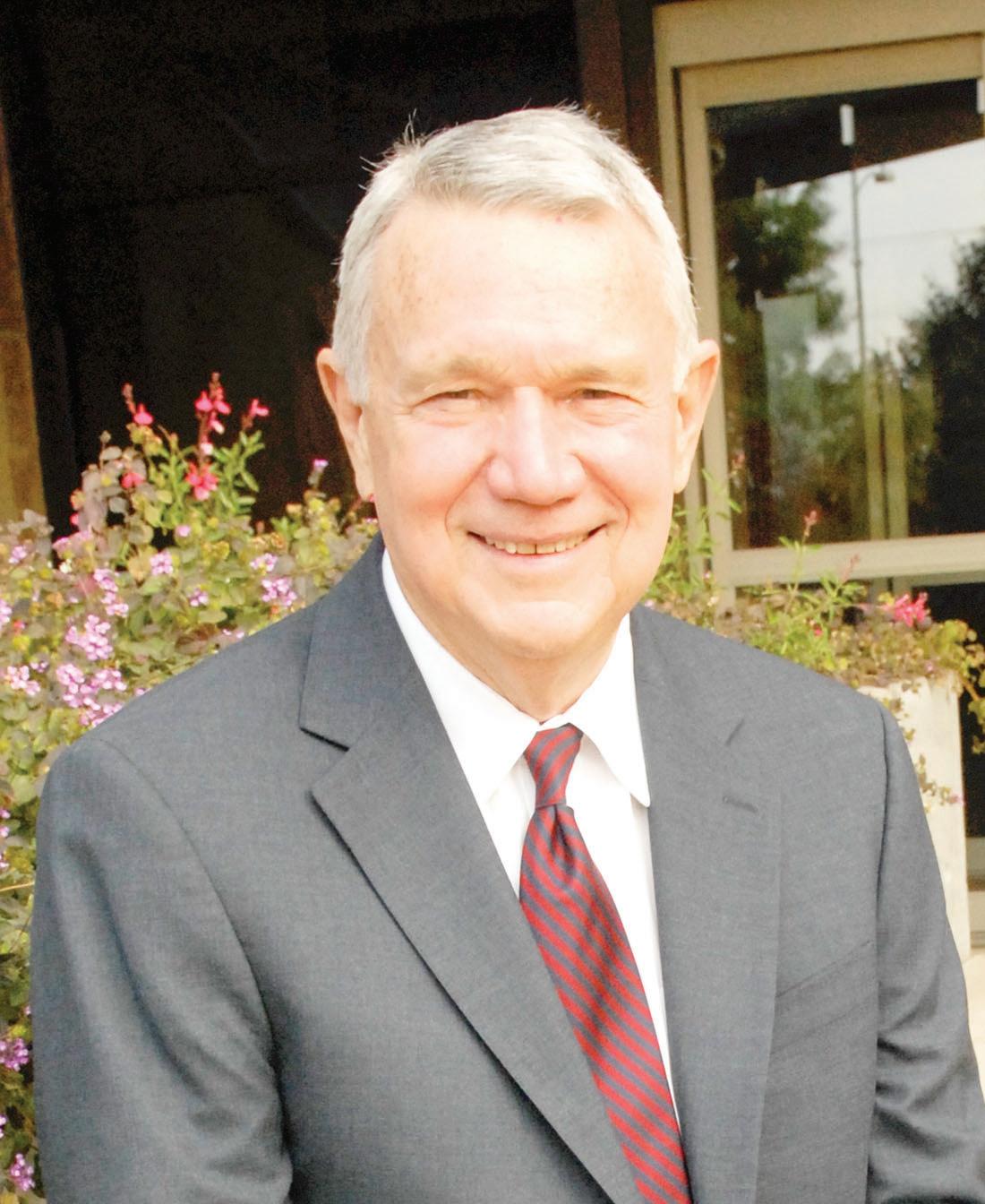
Also, Lee is still on the Chamber’s Air Service Committee which works to bring in connecting flights from other cities around the world. When he was mayor, the first direct flight from ABIA to London was instigated and it regularly has full passenger loads. He notes that selling Austin is easy these days. Is Lee ever getting back into politics? He says no. “I’ve had three careers – as a Naval officer, with Delta Airlines, and 15 years working as a city official. That’s plenty.”
